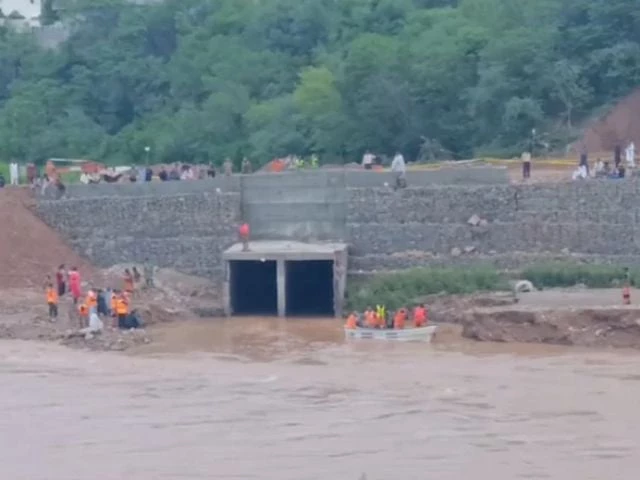As this year’s monsoon claims nearly 500 lives, half of them children, the tragedy goes beyond climate change or natural disasters. It exposes deep-rooted mismanagement, policy failures, and bureaucratic inefficiencies in Pakistan’s public institutions, particularly the Pakistan Meteorological Department (PMD).
Pakistan missed a rare chance to modernize its weather monitoring systems with $188 million in World Bank financing, leaving the country exposed to disasters that could have been forecasted more accurately.
A lost opportunity
The push to upgrade PMD began in 2016, after a sudden windstorm in Islamabad and Rawalpindi caused severe damage—an event the PMD failed to predict. The government sought technical help from the World Bank, leading to the development of a Hydromet Modernization Roadmap by international experts.
By 2017, $106 million was allocated to PMD and $82 million to the National Disaster Management Authority (NDMA) to establish a National Disaster Response Force. Pakistan had the chance to join neighbors like Bangladesh and Nepal in advancing early warning systems.
However, internal resistance slowed progress. Then PMD Director General Ghulam Rasul allegedly opposed the World Bank project, favoring a China-Pakistan Economic Corridor (CPEC) route, reportedly due to personal ties. His actions delayed negotiations for a year. Even after the World Bank approved the funds in 2018, procedural hurdles and leadership changes kept the $188 million largely unused.
Missed opportunities and financial losses
Bangladesh and Nepal quickly implemented similar projects, boosting their disaster resilience. Pakistan, meanwhile, paid commitment charges on idle funds. Currency fluctuations reduced the loan’s value from $188 million to $168 million.
In 2020, part of the funding was repurposed for green jobs and a scaled-down hydromet modernization initiative under the National Disaster Risk Management Fund (NDRMF). Yet leadership instability and politicization stalled progress, with some regions prioritized over others. Eventually, $150 million was redirected to cash relief for flood victims via the Benazir Income Support Programme (BISP).
Current status and accountability
The latest attempt under the Flood Reconstruction Project (IFRAP) briefly revived hydromet upgrades, but progress remains slow. Only one tender for automatic weather stations has moved forward; radar procurement has yet to start.
NDMA is now supplementing forecasts through private partnerships, including Weatherwalay, while the recent launch of Pakistan’s weather satellite offers hope. Yet questions linger about accountability for wasted funds and failure to prioritize national needs over personal interests.
Officials say procurement for radars and weather stations is underway, with $40 million allocated under IFRAP Component 2. Soft components are being implemented in parallel to modernize Pakistan’s hydromet services comprehensively. Whether these efforts can finally prevent future disasters remains uncertain.




